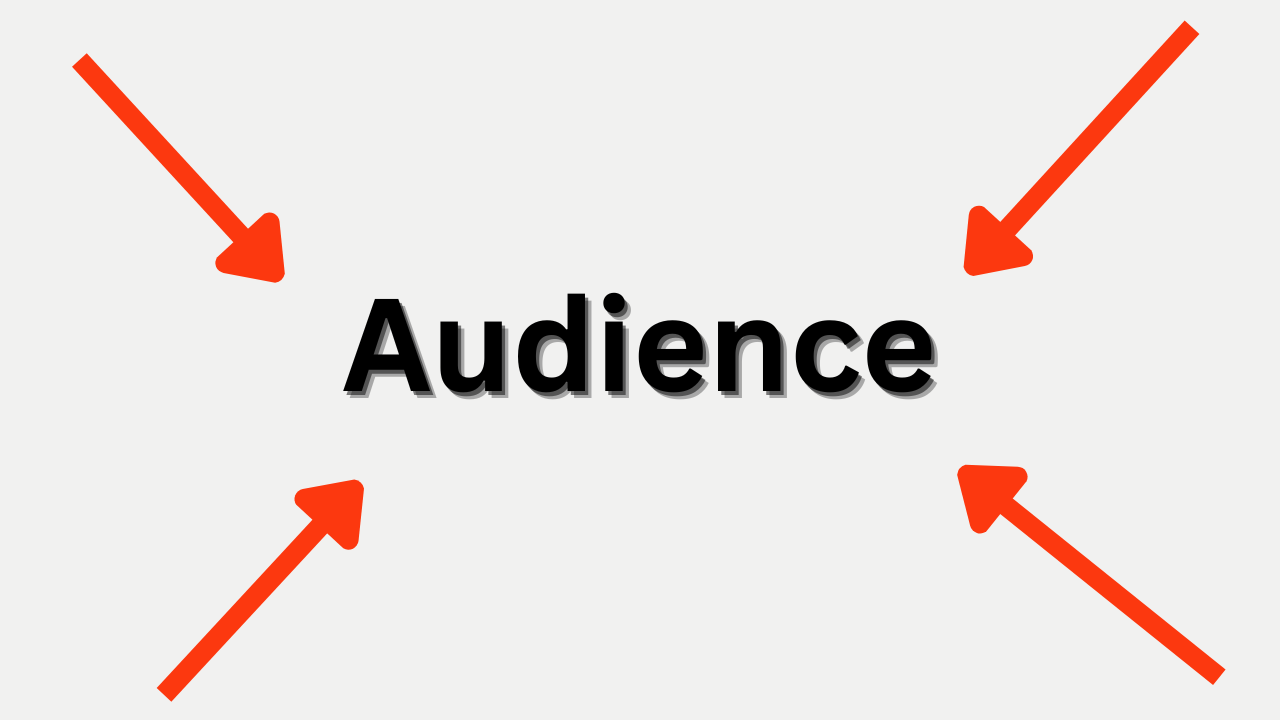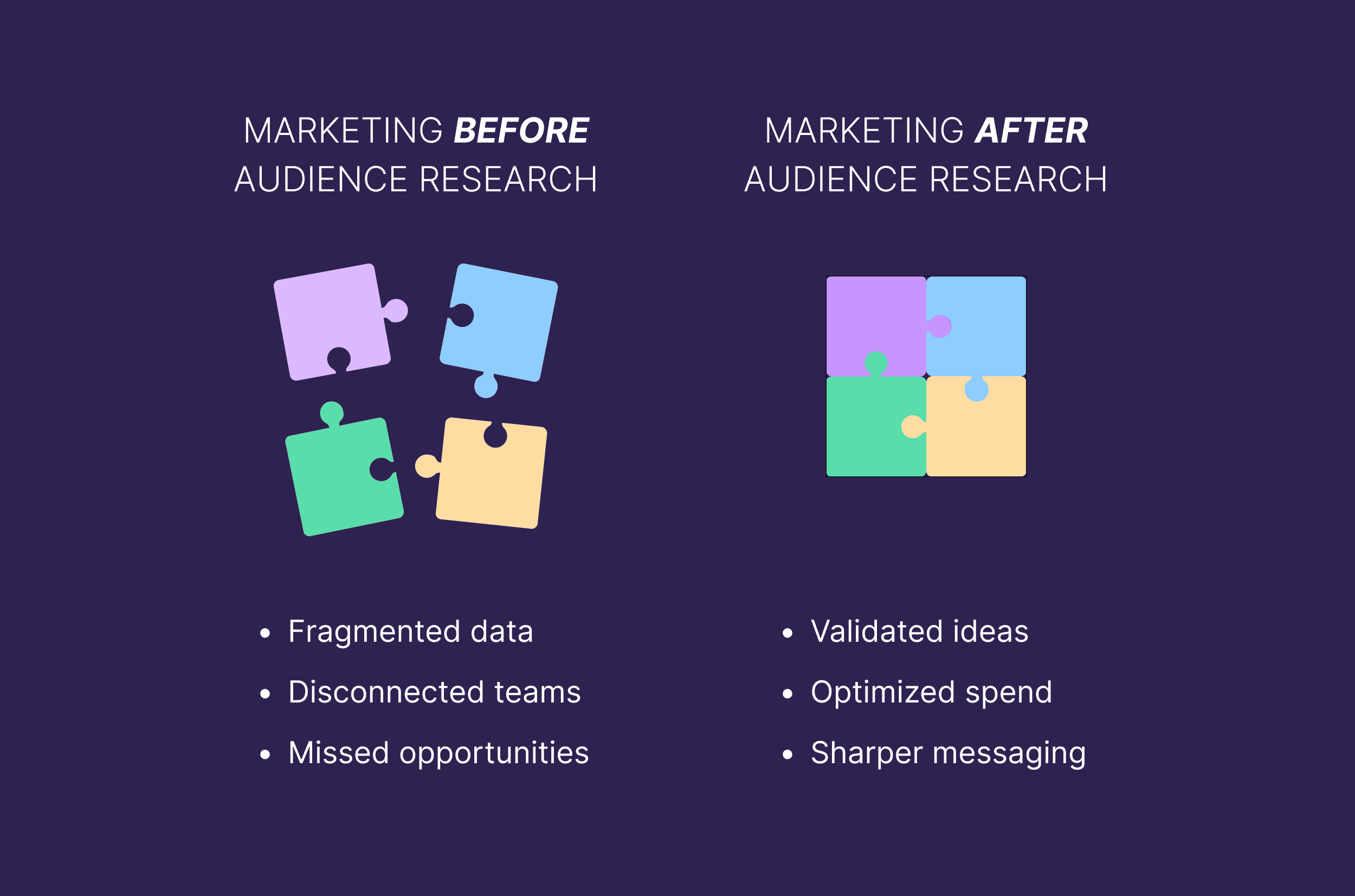Do you really know who your audience is? Understanding your audience can make or break your success.
When you dig deep into audience research, you unlock powerful insights that help you connect with the right people. Imagine speaking directly to your ideal customer, knowing exactly what they want and how they think. This article will show you how to discover those secrets and use them to grow your business or project.
Keep reading, and you’ll learn simple steps to master audience research and boost your results like never before.
Why Audience Research Matters
Audience research helps businesses understand who their customers are. It gives clear insight into customer needs and wants. This understanding guides smart decisions in marketing and product development.
Knowing the audience well saves time and money. It reduces guesswork and improves communication. Businesses can offer what customers truly want.
Impact On Business Growth
Audience research shows where to focus efforts. It highlights the best opportunities for sales and expansion. Businesses avoid wasting resources on ineffective strategies.
By targeting the right audience, companies increase customer loyalty. Repeat business grows. This steady growth supports long-term success.
Connecting With Target Customers
Research reveals customer preferences and behaviors. It helps create messages that resonate with people. Clear communication builds trust and interest.
Understanding the audience’s language and values makes outreach effective. Customers feel understood and valued. This connection leads to stronger relationships and better feedback.

Credit: medium.com
Types Of Audience Research
Audience research helps to understand who your customers are and what they want. It guides businesses to create better products and messages. There are two main types of audience research. Each type uses different tools and methods to gather useful information.
Quantitative Methods
Quantitative methods focus on numbers and facts. They collect data from many people using surveys or polls. This type shows clear patterns and trends. For example, you can learn how many people like a product. It helps to make decisions based on real data. Numbers make it easy to compare groups. Tools like questionnaires or online forms work well here.
Qualitative Methods
Qualitative methods dig deeper into feelings and opinions. They use interviews or focus groups to understand why people think a certain way. This method gives detailed stories and ideas. It helps to explore new thoughts or problems. You get rich information that numbers cannot show. Listening to real voices reveals hidden needs and emotions. It works best for small groups and open discussions.
Tools For Effective Research
Effective audience research depends on the right tools. These tools help gather clear, useful data. They reveal what your audience wants and needs. Choosing the right method saves time and effort. It also improves your marketing strategy.
Surveys And Questionnaires
Surveys collect direct answers from your audience. They ask simple, clear questions about preferences and opinions. Online tools like Google Forms make surveys easy to create. Questionnaires allow quick data gathering from many people. They help identify trends and common needs.
Social Media Analytics
Social media platforms track user behavior and engagement. Analytics show what content your audience likes. They provide data on age, location, and interests. Tools like Facebook Insights and Twitter Analytics offer detailed reports. Use this data to tailor your messages effectively.
Customer Interviews
Interviews provide deep insights through personal conversations. They let you explore feelings and motivations behind choices. Talking directly with customers uncovers hidden needs and problems. Keep interviews short and focused for better results. Record answers carefully for accurate analysis.

Credit: backlinko.com
Analyzing Audience Data
Analyzing audience data is key to effective marketing and content creation. It helps understand who your audience is and what they want. This process turns raw data into useful insights. These insights guide your decisions, making your content more relevant and engaging. Focus on patterns and segments to reach the right people with the right message.
Identifying Patterns
Look for trends in your audience data. Notice which topics attract the most attention. Check the time your audience spends on each content piece. Spot common behaviors like frequent visits or repeated purchases. These patterns show what interests your audience the most. Use this information to create content that matches their preferences.
Segmenting Your Audience
Divide your audience into smaller groups. Group them by age, location, or interests. Segmentation helps tailor messages to each group’s needs. Personal messages perform better and build trust. Also, segments let you test different content styles. This way, you learn what works best for each group.
Turning Insights Into Strategy
Turning audience insights into strategy is key for business growth. Insights reveal what customers want and need. These details help shape plans that work well.
Using data wisely leads to better decisions. It moves ideas from guesses to facts. This makes strategies clear and focused on real results.
Product Development
Audience research shows what features customers value most. This guides teams to build products that fit needs. It reduces risks of making unwanted products. Feedback helps improve designs before launch.
Understanding pain points sparks new ideas. It helps fix problems customers face. Products become more useful and appealing. This raises satisfaction and loyalty.
Marketing Campaigns
Insights help choose the right message and tone. They point out which channels reach the audience best. Campaigns become more targeted and effective. This saves money and boosts engagement.
Knowing customers’ interests allows creative ads. Ads speak directly to their desires and problems. Campaigns gain higher click rates and conversions. Marketing turns into a conversation, not noise.
Customer Experience
Data reveals how customers interact with a brand. It highlights moments that delight or frustrate users. Businesses can fix issues quickly and improve journeys. This builds trust and repeat business.
Personalizing experiences based on insights makes customers feel valued. It creates stronger emotional connections. Happy customers share positive reviews and come back. Experience becomes a key part of growth.
Common Challenges And Solutions
Audience research is vital for any marketing strategy. It helps businesses understand who their customers are and what they need. Yet, many face common challenges during this process. These challenges can affect the quality of data and the success of marketing efforts.
Identifying these problems early and knowing how to solve them leads to better results. The following sections cover two major challenges and practical solutions.
Data Accuracy Issues
Data accuracy is a common problem in audience research. Incorrect or outdated data leads to wrong conclusions. Surveys may have biased answers. Tracking tools can show incomplete information.
To fix this, use multiple data sources. Cross-check information from surveys, analytics, and social media. Regularly update your data to keep it fresh. Clean your data by removing duplicates and errors. This improves trust in your research results.
Engaging The Right Audience
Reaching the right people is not easy. Many marketers waste resources on the wrong audience. This lowers engagement and sales. The challenge is to find and connect with those who truly matter.
Start by defining clear audience profiles. Use demographics, interests, and behaviors to target accurately. Personalize messages to match audience needs. Use channels where your audience spends time. Test different approaches and adjust based on feedback.
Measuring Research Impact
Measuring research impact helps understand how well audience insights improve your work. It shows if your efforts reach the right people and change their behavior. This step ensures your research is valuable and guides future actions.
Tracking Growth Metrics
Growth metrics show how your audience changes over time. Track numbers like website visits, social media followers, and email sign-ups. Watch engagement rates such as comments, shares, and likes. These numbers reveal if your message connects with the audience. Regular tracking helps spot trends early and measure progress clearly.
Adjusting Strategies Based On Feedback
Audience feedback gives clues about what works and what does not. Use surveys, reviews, and direct comments to gather insights. Change your content or approach if feedback shows confusion or low interest. Small tweaks can improve audience connection. Stay open to learning and adapt quickly to keep your research useful.

Credit: sparktoro.com
Frequently Asked Questions
What Is Audience Research And Why Is It Important?
Audience research identifies and understands your target market’s needs and behaviors. It helps tailor content, products, and marketing strategies effectively. This leads to higher engagement, better customer satisfaction, and improved business outcomes by aligning with audience preferences.
How Do You Conduct Effective Audience Research?
Effective audience research involves surveys, interviews, social media analysis, and website analytics. Combining qualitative and quantitative data reveals audience demographics, interests, and pain points. This information guides content creation and marketing decisions for maximum impact.
What Tools Are Best For Audience Research?
Popular audience research tools include Google Analytics, SurveyMonkey, Facebook Insights, and SEMrush. These tools provide data on user behavior, demographics, and preferences. Using multiple tools ensures a comprehensive understanding of your audience for better targeting.
How Often Should Audience Research Be Updated?
Audience research should be updated at least every 6 to 12 months. Regular updates capture shifting trends, preferences, and behaviors. Staying current helps businesses remain relevant and adjust marketing strategies proactively.
Conclusion
Audience research helps you understand who your customers are. It shows what they want and how they behave. Knowing your audience lets you create better content and offers. This leads to stronger connections and more trust. Spend time gathering data and listening to feedback.
Keep learning about your audience as things change. Clear insights make your marketing smarter and more effective. Always focus on your audience to grow your business well.

